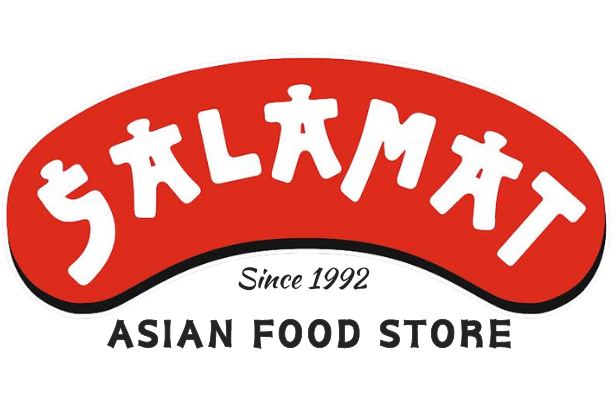Korean Pastes : Doenjang, Gochujang, Ssamjang and how they'll upgrade your meals!

KOREAN PASTES
Korean pastes are common raw materials in Korean cuisine, that bring any Korean dish on another level, in terms of taste. You may have seen these pastes in our store or recipes all over the social media, but you have no idea what they are and what they are used for.
We'll break it down for you by introducing three Korean pastes we're sure you'll be hooked on in no time:
1. Doenjang 된장
This Korean paste is made from fermented soybeans and is brown in color. If you're looking for a comparison, consider miso in Japanese cuisine. The characteristic of doenjang is that it has a bolder and saltier flavor compared to miso. This soy paste is often used to enrich the flavor of soup, season vegetables and meat, rice, or mixed with other Korean pastes. If you are looking for a healthier version of dip for your vegetables, then doenjang is simply awesome.
2. Gochujang 고추장
For those who prefer to add the spicy element but also a little sweetness to their meals, gochujang is the way to go. This Korean paste has just the right level of spiciness - not too mild, not too hot. It is made from gochu-garu (chili powder), glutinous rice, meju (fermented soybean) powder, yeotgireum (barley malt powder) and salt. Sometimes a small amount of sweetener such as sugar, syrup or honey is also added. The final product is a dark, reddish paste with a rich, spicy flavor.
Marinades, dips, soups, meat, stews, rice and other Korean foods are upgraded when you spoon in gochujang. Bibimbap, which is considered the national rice dish of Korea, often has gochujang.
Tip: Anywhere a recipe calls for chili garlic sauce, you could experiment with substituting gochujang for a more complex flavor!
3. Ssamjang 쌈장
Ssamjang is basically gochujang and doenjang combined, with some sesame, garlic and other wonderful ingredients that make it have this almost peanut butter-like texture. You may have seen ssamjang in lettuce wraps (Ssambap) at some Korean BBQ. This paste has captured the palates of Koreans and non-Koreans so much that some even eat ssamjang straight from the package!
It definitely makes a great dip for your meats, fish, tofu and vegetables.
How do you store gochujang, doenjang and ssamjang?
Just like miso paste, the best way to keep your Korean pastes as fresh as possible after opening is to seal and refrigerate them. This is because at a very hot temperature the fermentation of the products continues and changes the taste and color.
You will find all the soybean pastes we have here. Which one will you choose to experiment with?
